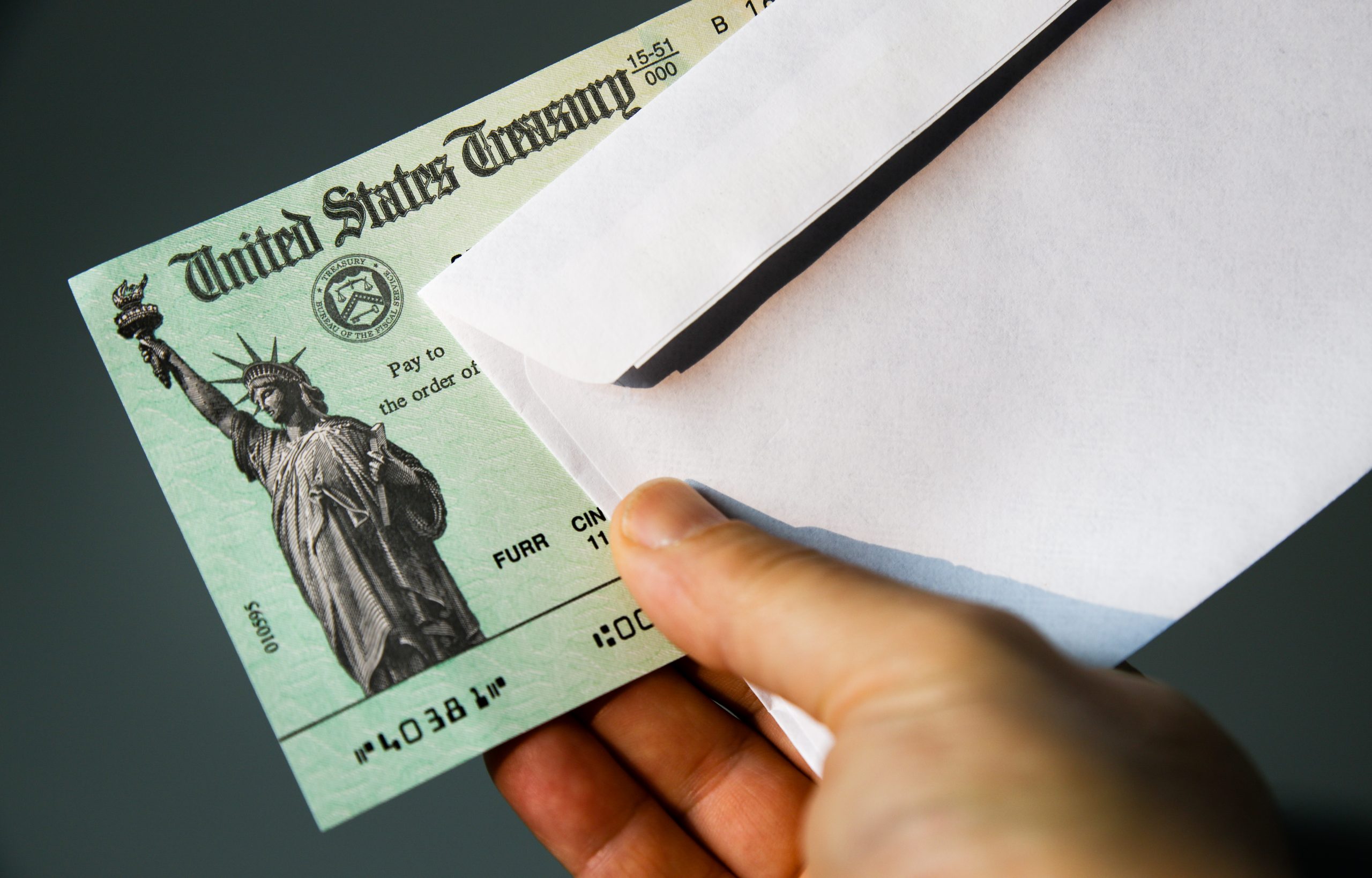“How will Americans survive a pandemic with just a single $1200 check?” This question has made the rounds on Twitter for the past year, especially amongst progressive commentators and politicians. Critics of the stimulus point to the massive economic upheaval of the pandemic, especially the loss of jobs and the loss of life that have left countless families struggling. Yet the economic catastrophe that seemed all but inevitable in the early months of the COVID-19 crisis has largely been avoided due to federal intervention. This is because the federal government has undertaken a progressive response to the crisis, one that will likely go down as one of the greatest economic rescues in the history of the United States.
Criticism of the federal government’s failure to effectively contain the virus has bled into the federal economic response. However, economic markers show that federal stimulus has actually been very successful at averting an economic crisis. Back in the spring and summer, projections by the CBO promised a brutally slow economic recovery. Their July projections forecasted that it would take until 2022 for GDP to return to pre-pandemic levels. But with the passage of all the federal stimulus, GDP is already above pre-pandemic levels and is projected to continue to grow at rates far exceeding pre-pandemic projections. Those topline economic numbers follow the same trend as other measures of well-being for the middle and working classes, like median income, the poverty rate, and retail spending. Altogether, good policy and historic spending by the federal government have likely saved tens of millions of families from years of needless financial agony.
The federal government has spent an unprecedented amount of money in an effort to contain the hardships of the pandemic. The recent passage of the $1.9 trillion “American Rescue Plan” brought the US Covid relief total to over $6 trillion spent in under a year. For context, FDR’s entire New Deal (spanning 7 years) cost an inflation-adjusted $796 billion, and the Great Recession bailout cost just over $1 trillion. The current economic investment by the federal government is at a level never before seen in American history.
Many American families across the socioeconomic spectrum saw more financial stability in 2020 than they would have without the pandemic, and not just wealthy families. Because of the stimulus, the nation’s poorest actually saw significant gains. The CARES Act, the first major piece of pandemic legislation, was so effective that it actually lifted 1 in 5 impoverished Americans from poverty in the following months, even as unemployment reached its highest point since the Great Depression. Even as the poverty rate climbed again when the immediate effects wore off, the CARES Act was still hugely influential. One estimate found that about 45% more people (over 13 million) would have been in poverty in the early months of the pandemic if not for the CARES Act.
The nation’s poorest have been greatly shielded from financial ruin by federal stimulus, and the middle class has seen similar benefits. Median household income has increased by 13% since the pandemic began. American families have thousands of dollars more to spend on necessities like rent, food, and clothing than they would have had the pandemic never occurred. Retail has been one of the hardest hit sectors by the pandemic, but the US is far outpacing European countries in retail spending, and the gap continues to widen because of the stronger fiscal support. Put simply, the federal government has given so much money to working families that many Americans have actually enjoyed a higher economic standard of living than they would have without the pandemic.
Perhaps most importantly, the US response has prepared the country to rebound strongly now that the pandemic is nearing its end. American savings accounts have more than doubled on average across the country in the past year. Consumers are sitting on trillions of dollars in savings that they didn’t have one year ago, and these stashed funds are expected to trigger economic growth not seen in decades. The OECD has revised its projections and forecasts that 2021 will be the strongest year of economic growth in nearly 40 years. Just three months ago, the OECD was projecting average growth, but the recent stimulus package has economists convinced that Americans will rejuvenate the economy this year. The massive upswing in economic outlook is proof of the power of large stimulus packages to save Americans from unnecessary suffering.
Unbelievably, a recent Bureau of Economic Analysis projection has found that the pandemic and the federal response it brought may end up being a long term economic stimulus overall, rather than a hit to the economy. Between the trillions of dollars in savings accounts waiting to be spent, the people who have been able to keep their jobs even as businesses have closed because of the Paycheck Protection Program, and the suffering that has been avoided because of government support, the economy will both rebound and stay strong for years to come. The passage of the American Rescue Plan has pushed the GDP projection for the end of 2021 above what it was back before Covid-19 landed in the US.
The U.S. government has largely failed to control the spread of Covid-19 in any meaningful way. Over half a million Americans have died in the past year, and millions of others have had their lives entirely upended. On the economic front, however, Congress has handed Americans, especially the middle and working class, substantive victories. In an era where polarization has too often rendered Congress paralyzed, the federal government has somehow managed to mobilize a monumental response to the financial suffering of workers and families across the nation. The last 13 months have wrought incredible hardship and pain, but the federal response ought to be upheld as a shining example of the capacity of government to truly help Americans.
Photo: Image via Adobe Stock (Jason Raff)
